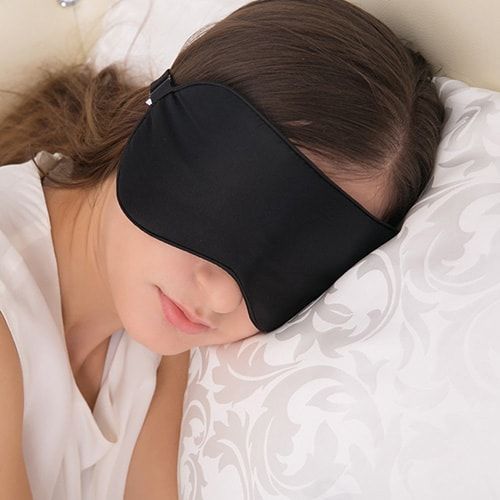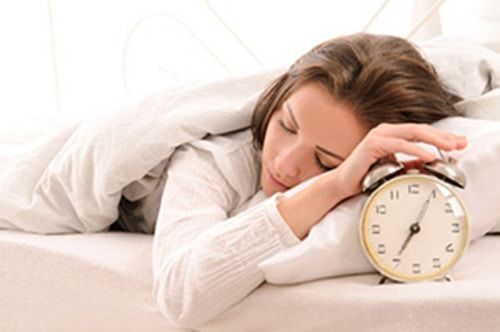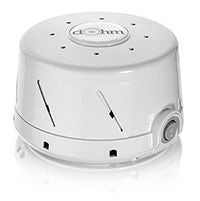Doesn’t it seem like the older we get, the less sleep we get? Our lives become busy, filled with work, school, kids, and being an adult. And when you hear people say that ‘normal sleep’ is at least eight hours each night you laugh, don’t you? And when you hear the term ‘sleep schedule’ you laugh even harder, right? Because you’re one of the many who sacrifice sleep in favor of life’s demands.
But it doesn’t have to be that way. There’s tons of methods and tricks to nail down a good sleep schedule, it just takes some patience. With these simple steps you should know how to get on a sleep schedule by the end of the article.
- Consistency
- Small Steps
- Turn Down the Lights
- Let the Light Shine In
- Forget the Snooze Button
- Forget Food
What You Will Need To Follow This Tutorial And Learn How To Get Back On A Sleep Schedule
An alarm clock
You may be interested in: Best Wake-Up Light Alarm Clock
Try and choose one that has a loud alarm and a hard to reach snooze button. If you can’t find one like that, that’s fine. We’ll talk about how to work around that.
Patience
The main key to training your body to do anything is patience. It’s not going to happen overnight, so sit back and let the process work.
A sleep mask
For those who sleep in a bright room or one that get’s a lot of outside lights from the city or a neighbor, then a sleep mask tor your eyes is a great thing to have.
Step by Step Instructions
Follow these simple points to achieve a better sleep experience, get back on track and program yourself into a schedule.
Step One: Consistency
Did you know that your body has an internal clock? It’s true. It’s called your body clock or a circadian rhythm. This is how your body is programmed over a 24-hour period and knows when to go to sleep and when to wake up, just as it knows it’s mealtime, too.
So, to set a sleep schedule, you need to tap into your body’s clock. Give it some thought, and decide what is the best time to wake up and the best time to go to sleep so you get your recommended 7-8 hours each night.
On the weekends, it may be tempting to sleep in on your days off, but try and avoid it if you can. If you’re lacking rest that week, then sleep for an extra hour on Saturday or Sunday but no more than that or you’ll throw off your clock again.
Step Two: Small Steps
Like anything, this is not a miracle process that works overnight. Far from it. For those who are severely off their sleep clock, it can take weeks to line back up again. But start small. Don’t force it, or it’ll never work.
If you’re hoping to go to bed two hours earlier than you normally do, then gradually cut back 15 minutes for a few nights in a row until you’re going to bed at your desired time. By doing this, you’re tricking your body into adjusting without really even noticing.
Step Three: Turn Down the Lights
At night, there a number of different things that can affect when you actually fall asleep. Have you ever just laid in bed, staring at the ceiling thinking, “man, I know I’m tired, but why can’t I just fall asleep?”
Things like smart devices and other technology definitely play a big part so remove those from your room at bedtime. But most importantly, dim your lights. Make your bedroom as dark as possible. Sometimes a good sleep mask can help. This will signal your brain that it’s bedtime, now get to sleep!
Step Four: Let the Light Shine In
The same idea as dimming the lights to go to bed, you should bring light in when you want to wake up. So when your alarm goes of, open those curtains and let the morning sun shine in. This alerts your brain and body that, “hey! It’s morning! Get up!”
If you have a patio or small porch, try making a habit of taking your morning coffee outside to sit and enjoy. The fresh air and sunshine will rejuvenate your body and awaken all your senses. A few days of that will definitely set your sleep schedule.
Step Five: Forget the Snooze Button
I can hear you moaning from here. Yes, you have to say goodbye to your snooze button. It’s bad for you anyway. Hitting snooze 3-4 times each morning makes it harder on your body to adjust to waking because it keeps sinking back into a deep sleep for 5 minutes.
Instead, but an alarm that either doesn’t have a snooze button, a hard to reach one, or just set up your alarm clock far enough away from your bed that you have to get up and walk to it.
Step Six: Forget Food
It’s no secret that eating before bed is bad for you. Not only does it cause numerous weight problems, but it’s hard on your body to process food while it’s trying to prepare for rest. Try and have your last meal a few hours before bed, and also try and have it at the same time everyday. This programs your body to eventually tell itself, “Okay, we just ate a meal for the third time today, it must be bedtime in 3 hours.”
And, this is a no brainer but I’ll mention it anyways, try and skip caffeine or alcohol after 6pm. I know it’s hard, especially on a week or for special occasions, but for regular days it’s a must. The stimulants in these substances last for hours and hours after consuming.
Extra Tips
If you’re just one of those people who suffer from the inability to fall asleep or someone who just needs a little push to help them along, there are lots of tricks and tips to help you out.
Natural Sleep Aids
You could always use the aid of actual sleep medication like Nyquil, for example. But not everyone lies to do that because you can become dependent on it with heavy use. Instead, try some natural sleep aids such as camomile tea, hops tea, or warm milk.
Sound Machines
They may sound dumb but they’ve been proven to work. Some people can’t fall asleep in dead silence. They need to help of a background noise, or a white noise, as some call it. A sound machine will play soft, calming music (or whale sounds) in your bedroom to lull yourself into a nice sleep. Some people swear by them. It’s worth a shot.
You may want to read: Know About Sleep Sound Machines
Relaxation Techniques
Taking a nice, long bath with warm water and a bit of camomile essential oils can really help kick your body into sleep mode. Top it off with a nice gentle massage (if you have someone who can do this) or a lather up in camomile lotion before bed. You’ll sleep like a baby. Hopefully!
Conclusion
Did you enjoy this tutorial on how to set a sleep schedule, even if you have a busy life? I hope it was helpful. At first, any change in your life is going to seem like a major feat, but after a week or so of following these steps, you should find yourself on a decent sleep schedule. Just remember, have patience, go to sleep and wake up roughly the same time each day, and avoid food before bed.
Let us know what you though or if you had any tips to add to the list by sharing and commenting below!












